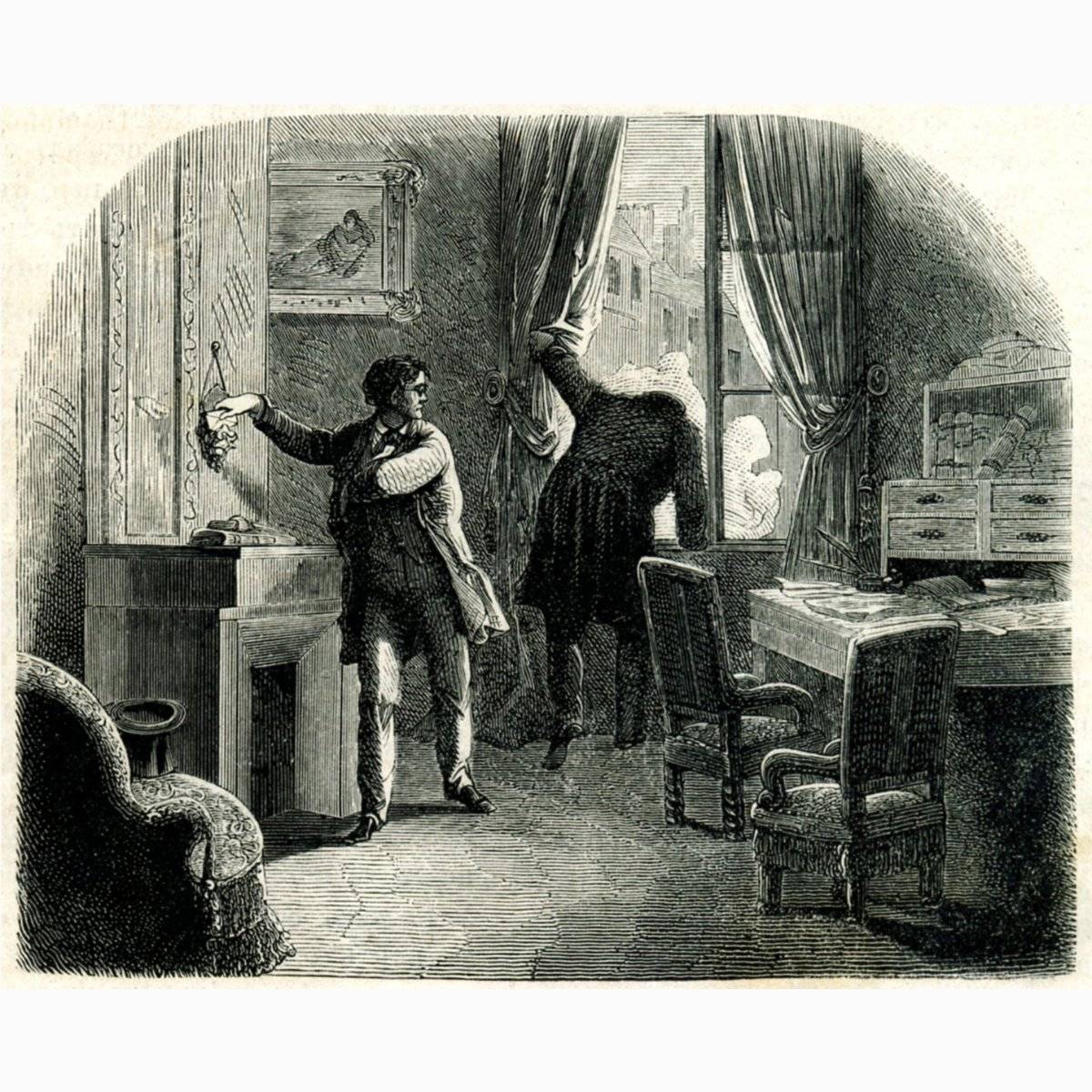
My #weirdwords selection is ratiocination. I was reminded of this word while going through my emails during lunch & I came across a link to an interesting item in The Reader's Catalog. The item description for the lovely Voltaire Guest Book says, “The design of this hardcover book is based on an antique binding of Voltaire‘s Zadig; or The Book of Fate, first published in 1747. The binding was crafted in 1893 in Paris by Chamerot et Renouard;(CONT)








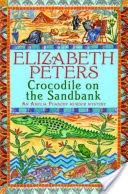

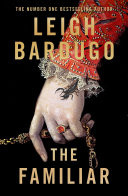
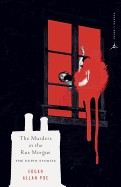







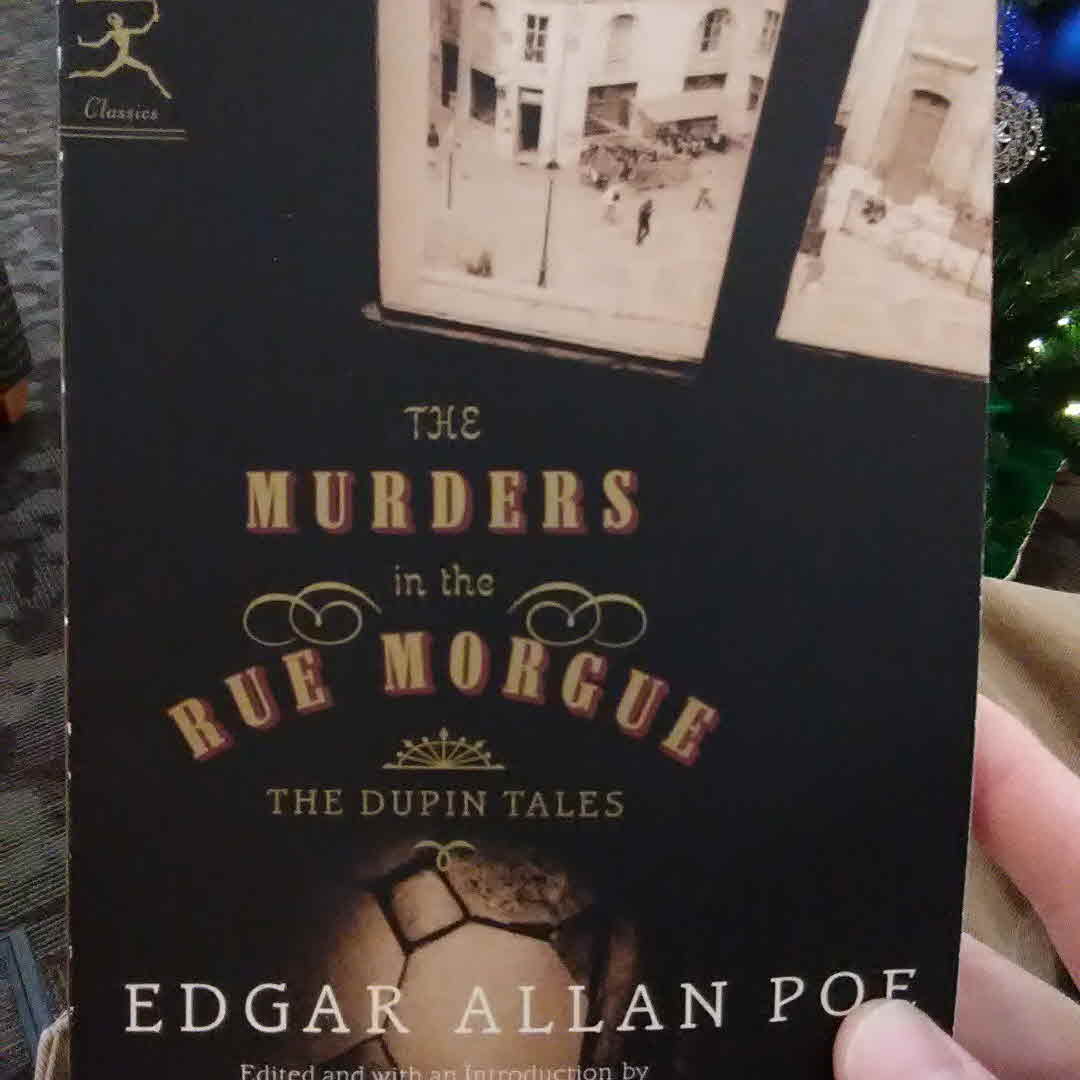




I also found this from MW interesting, “Poe didn't actually use ratiocination in (CONT) 1mo
A link to the Voltaire Guest Book:
https://shop.nybooks.com/collections/journals/products/voltaire-book-of-fate-gue... 1mo